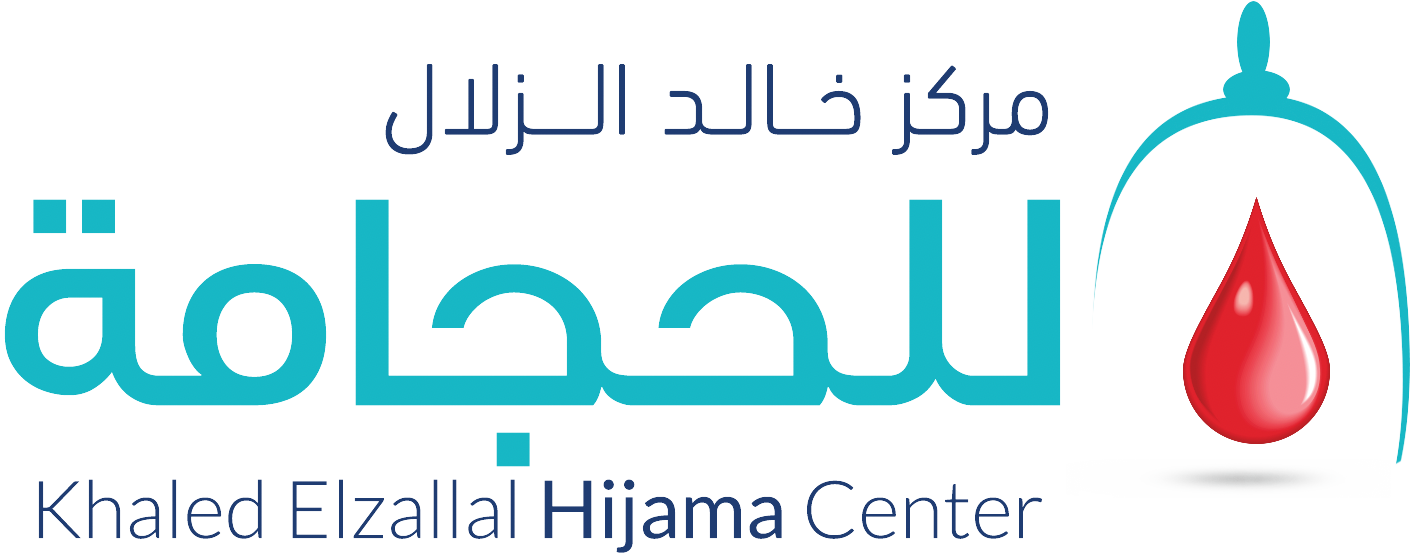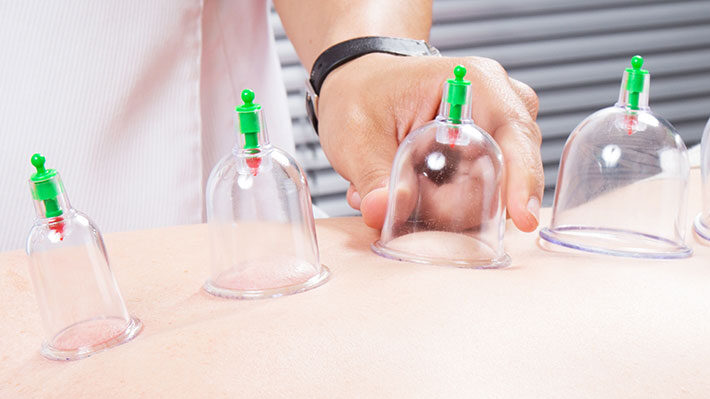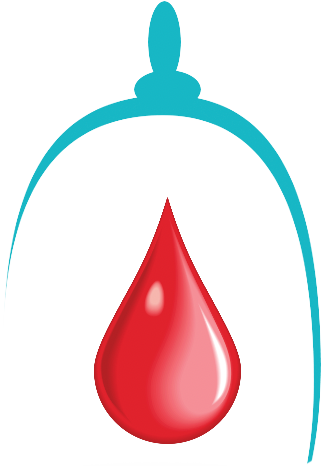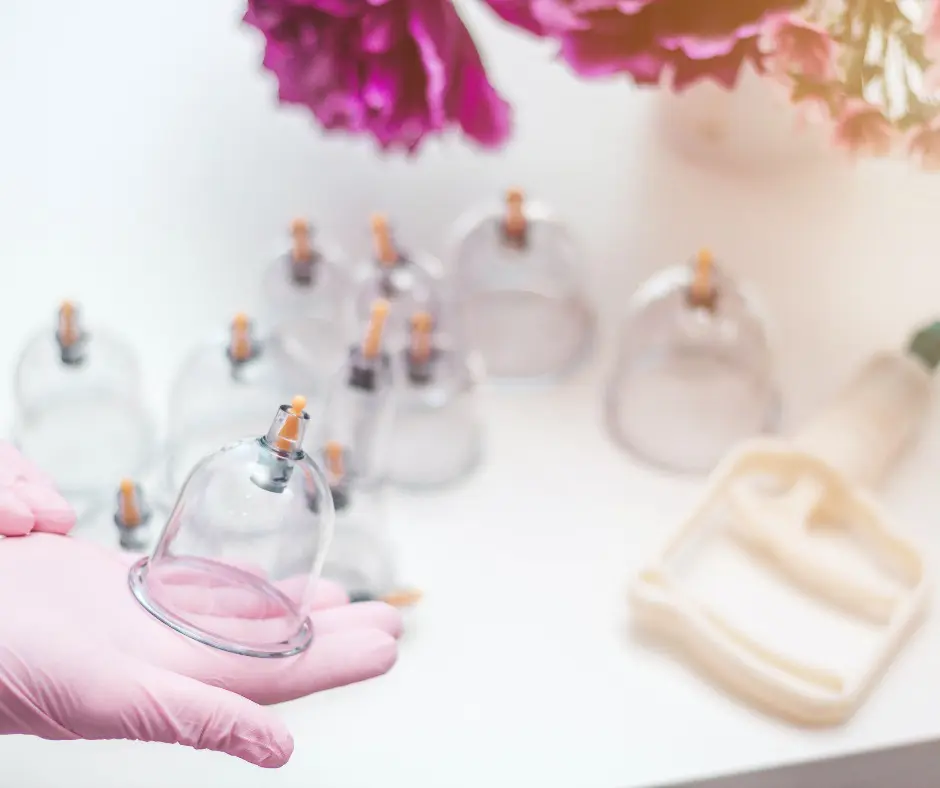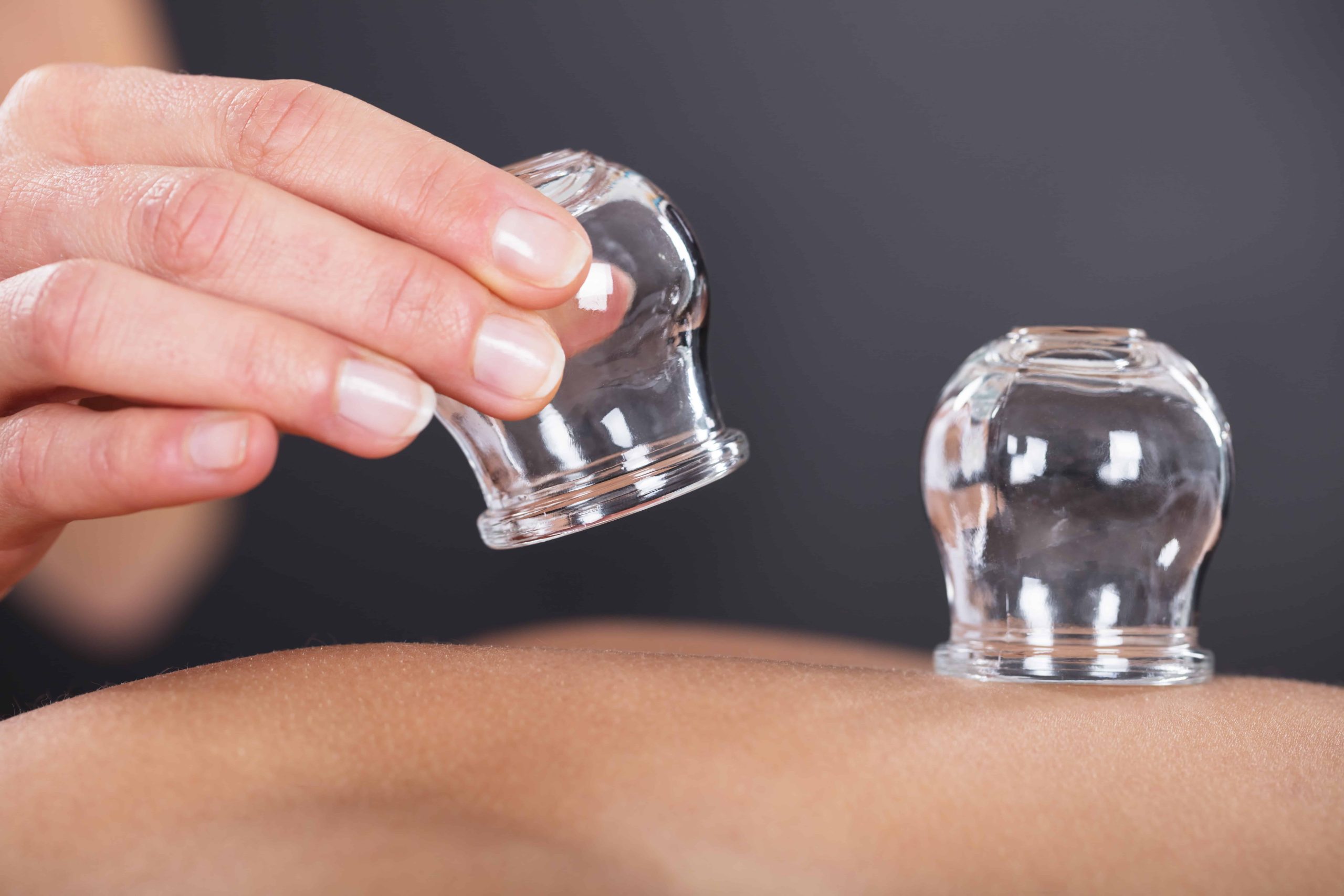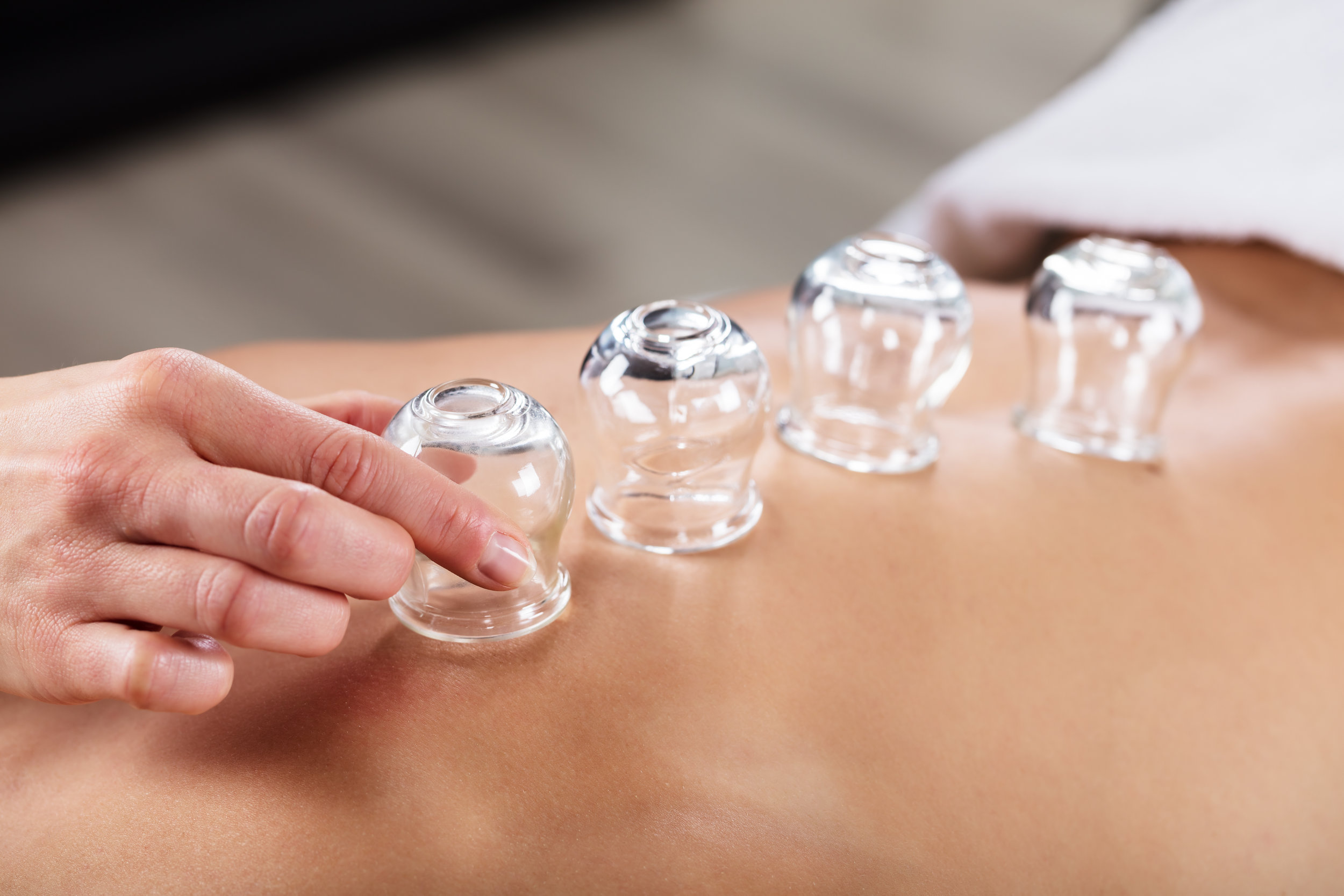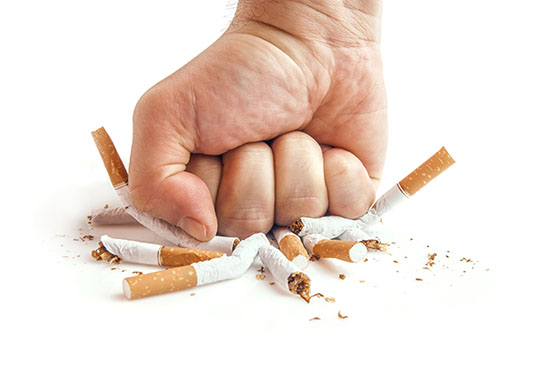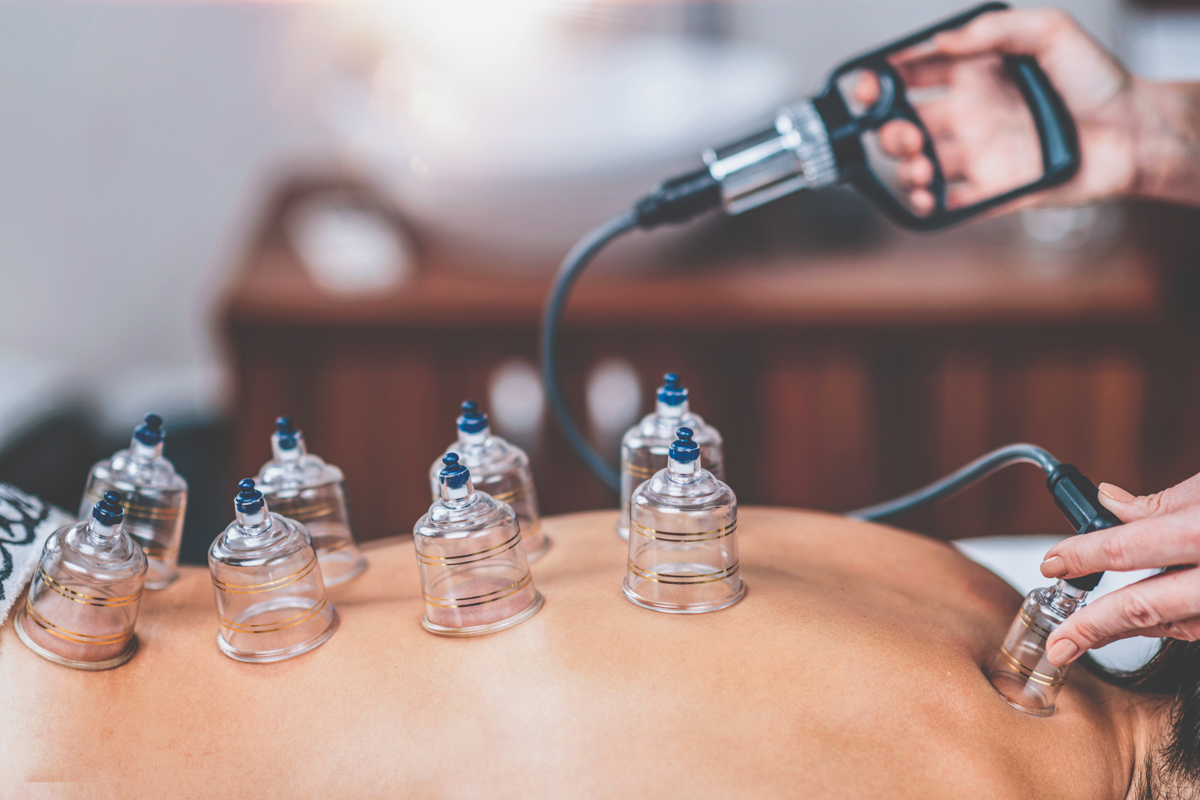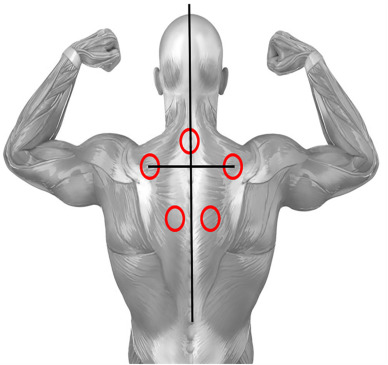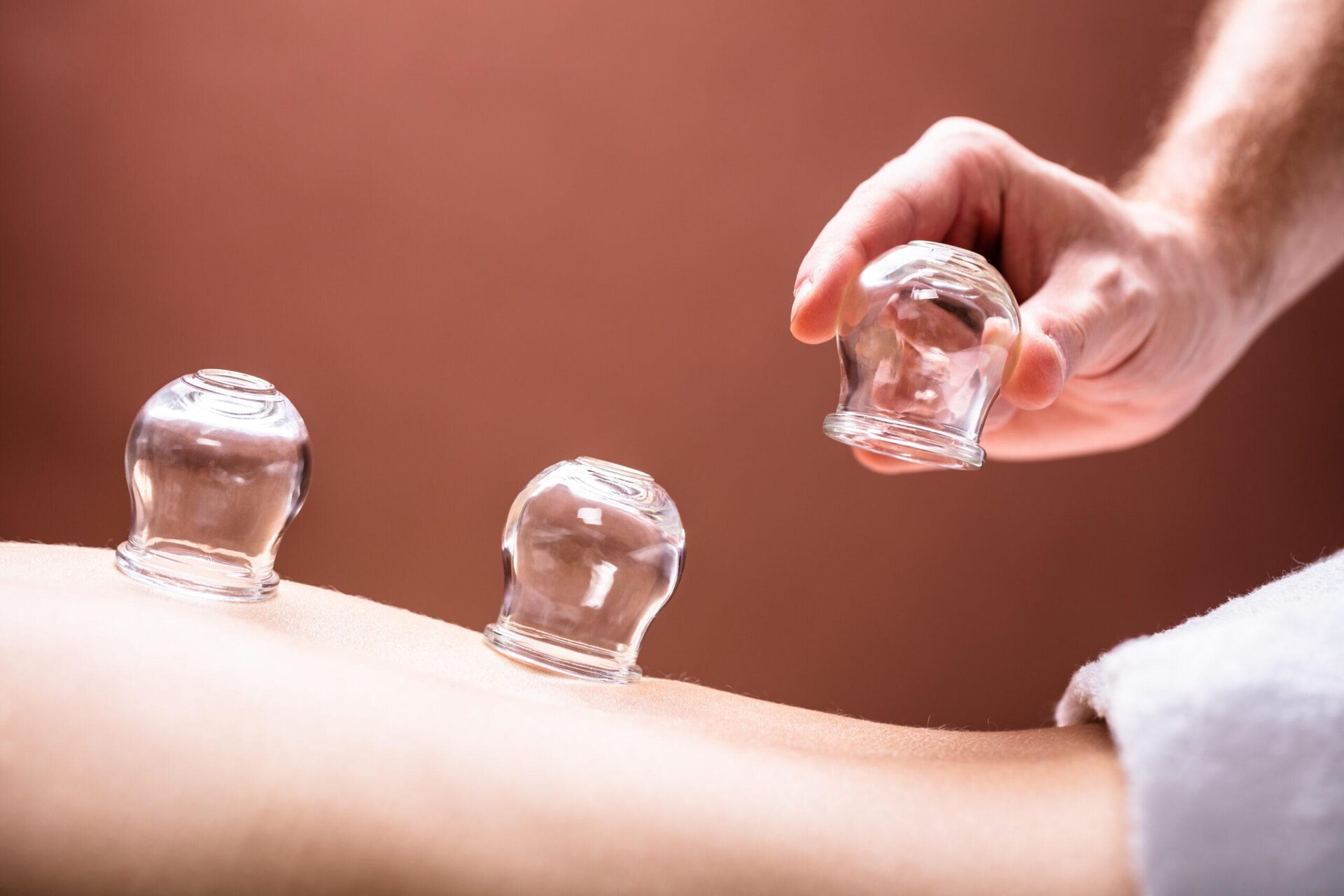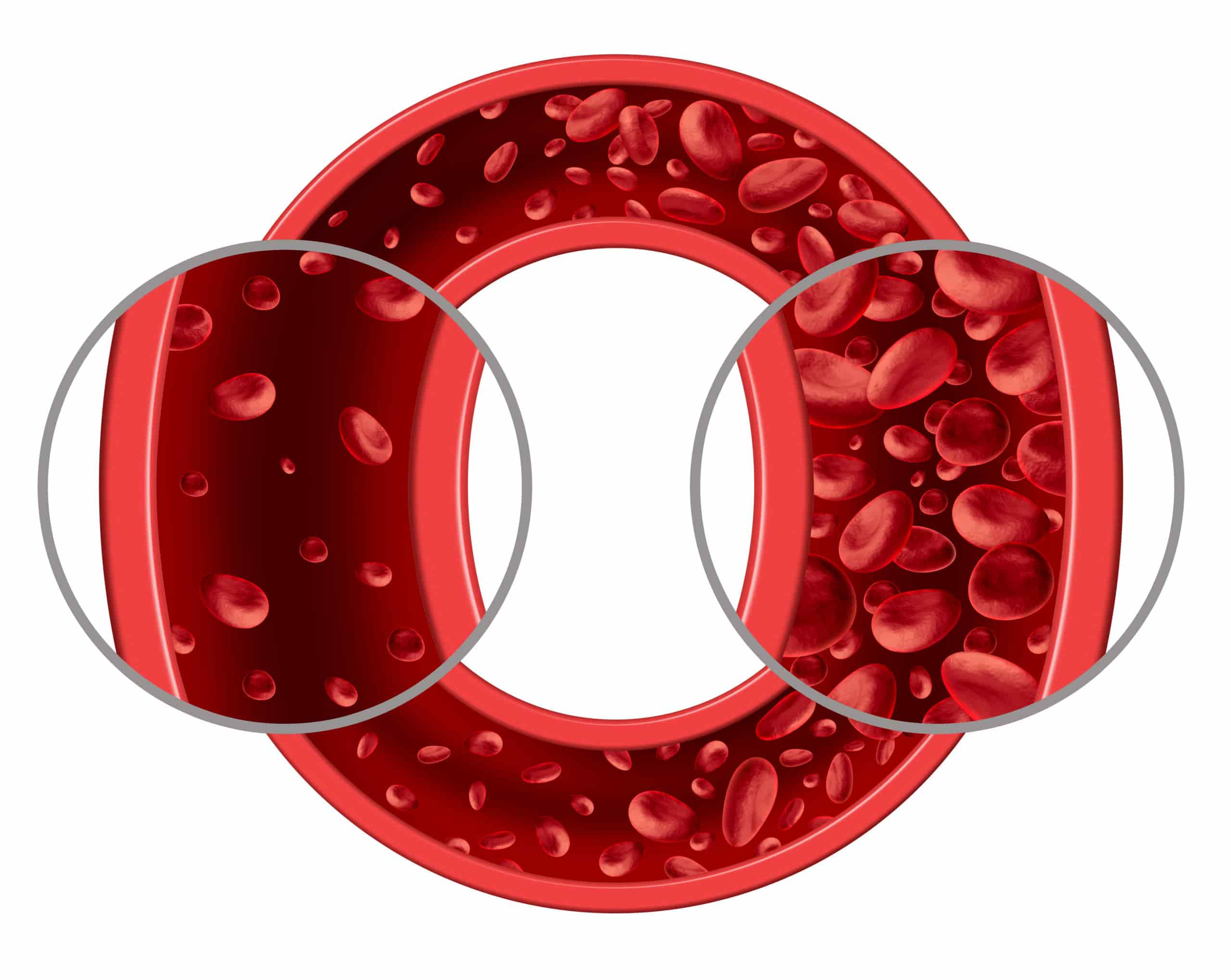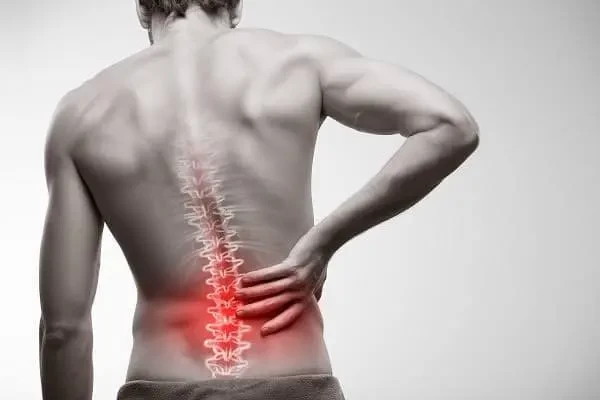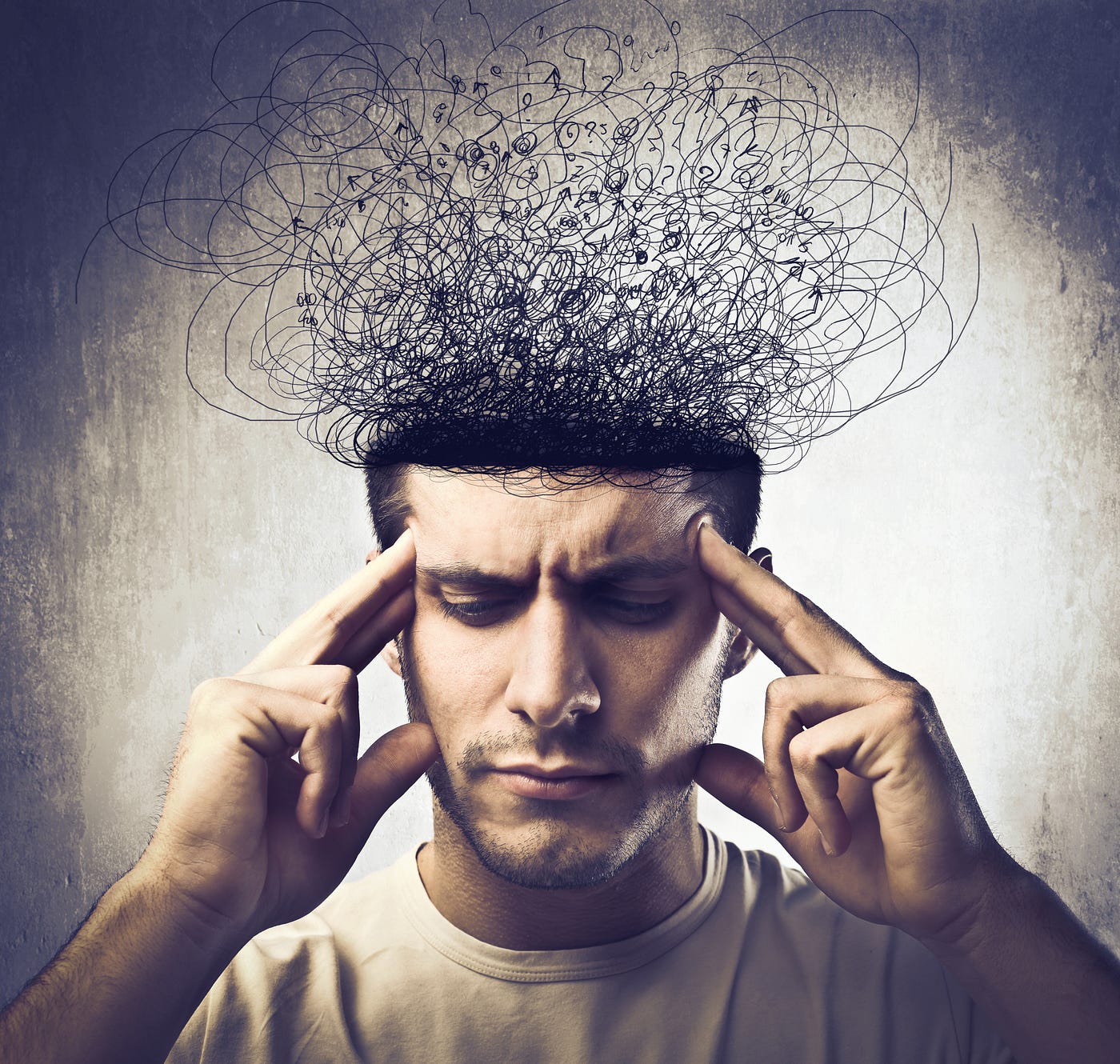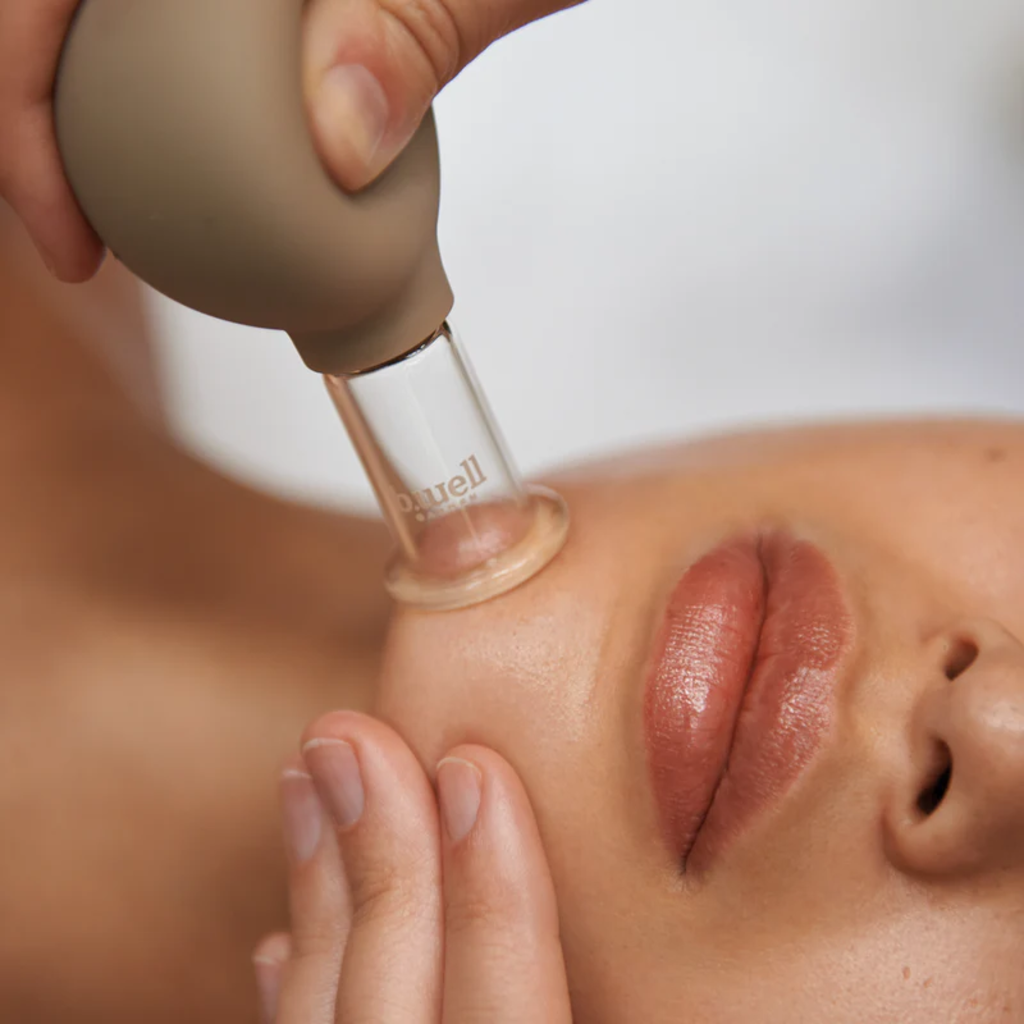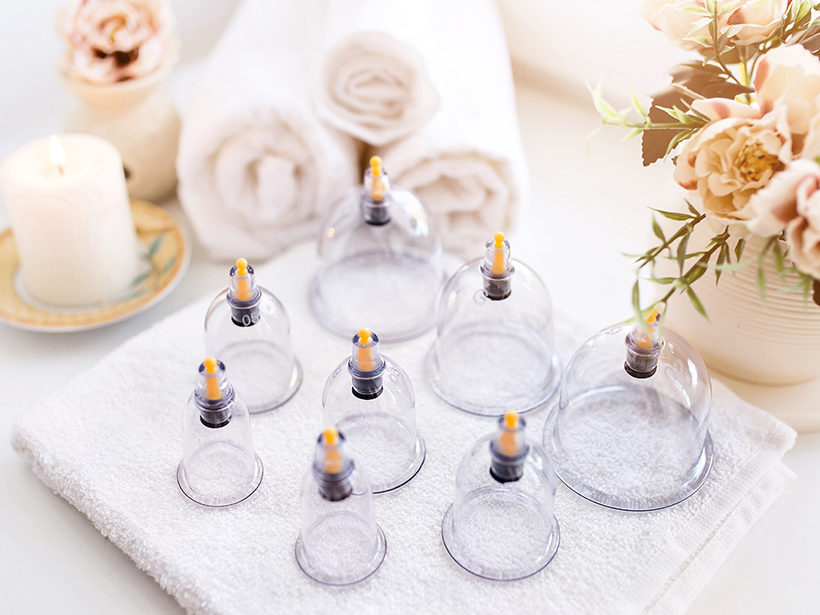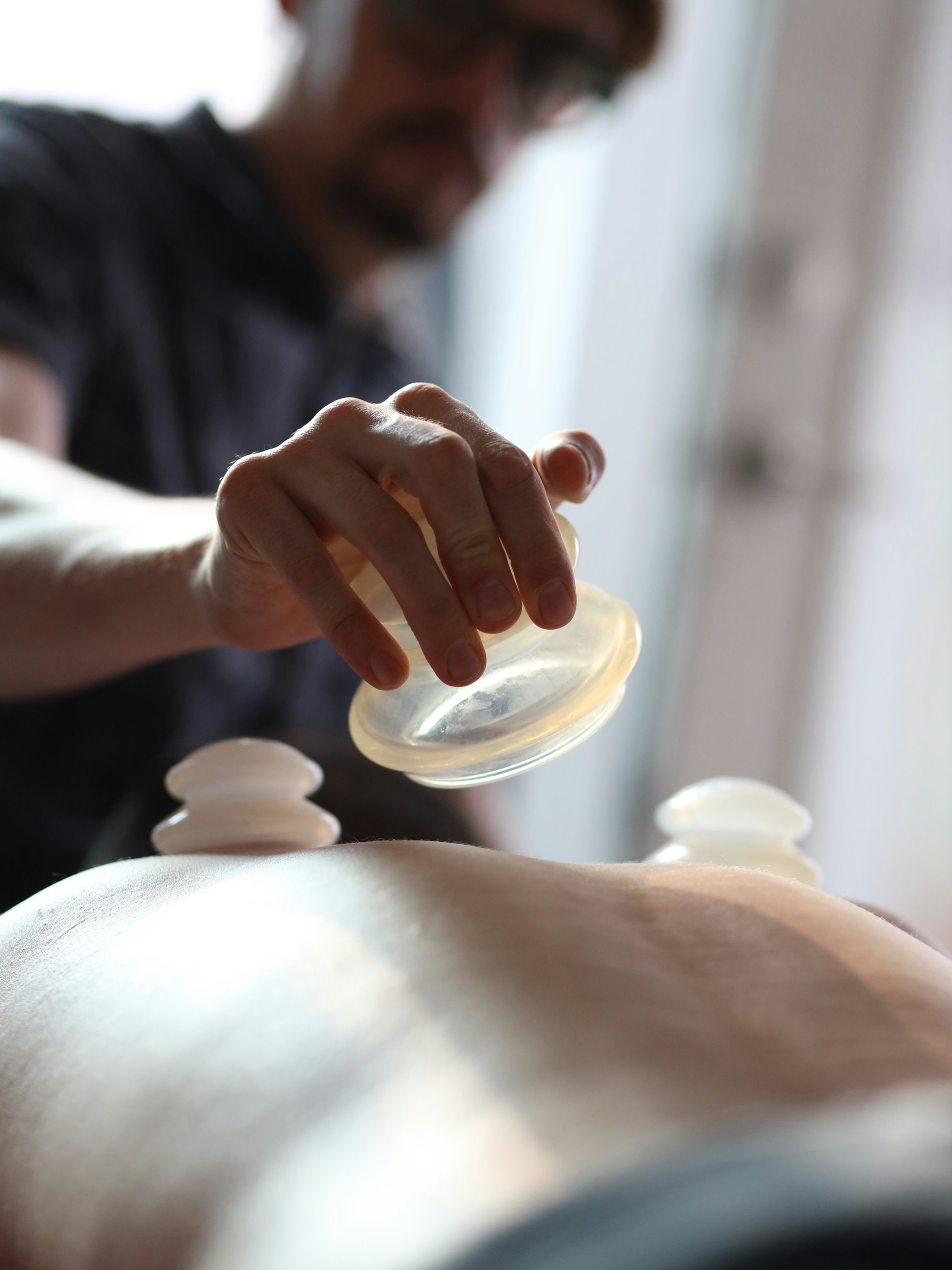A Unique Introduction:
Beyond the traditional classifications of cupping as an ancient folk remedy, this article adopts a unique perspective to explore the benefits of cupping, grounded in the insights provided by modern scientific research, while retaining its deep historical roots. We aim to provide a balanced view that combines therapeutic heritage with scientific developments, highlighting the true potential of this practice.
Cupping: More Than Just Tradition – Growing Scientific Support:
Cupping has long been used across various civilizations for its alleged therapeutic effects. With the increasing interest in alternative and complementary medicine, scientific research has begun to systematically explore the benefits of cupping. Rather than relying solely on anecdotal evidence, we seek here to highlight what is supported by scientific studies, while acknowledging the need for further research.
Research-Supported Benefits of Cupping (and Promising Areas):
Pain Relief: A Supported Strength: Pain relief is perhaps the most studied and supported benefit of cupping. Several scientific studies have shown the effectiveness of cupping, particularly dry and wet cupping, in reducing chronic back pain, neck pain, and migraines. For instance, a systematic review and meta-analysis published in Pain Medicine in 2011 suggested that cupping might be an effective treatment for lower back pain relief.
Reducing Inflammation: A Promising Area: An increasing number of studies suggest that cupping may have anti-inflammatory properties. The suction created by cupping is believed to stimulate a local immune response, leading to the release of anti-inflammatory substances. A study published in the Journal of Traditional and Complementary Medicine in 2015 found that wet cupping significantly reduced inflammation markers in patients with chronic neck pain.
Improving Circulation: A Foundation for Health: Healthy circulation is vital for various bodily functions. Cupping is thought to improve local blood circulation by increasing blood flow to the treated area. This could help accelerate healing, reduce muscle spasms, and deliver oxygen and nutrients more efficiently.
Relaxation and Stress Reduction: A Tangible Effect: Many describe a feeling of deep relaxation after cupping sessions. This may have both physiological and psychological effects. Cupping is believed to stimulate the sympathetic nervous system, leading to a state of calm and relaxation. An exploratory study published in Complementary Therapies in Medicine in 2014 showed improvement in anxiety and depression levels among participants following cupping therapy.
Other Areas Under Investigation: Scientific research continues to explore potential benefits of cupping in other areas, including:
Treating certain skin conditions such as eczema and psoriasis.
Alleviating symptoms of carpal tunnel syndrome.
Enhancing athletic performance and speeding up recovery.
Managing certain digestive issues.
Cupping in the Context of Integrative Medicine:
It is important to view cupping as part of an integrative medicine approach, where it is combined with traditional medical treatments to achieve the best outcomes for patients. Cupping should not be considered a replacement for essential medical treatments, especially in chronic or serious cases.
The Need for More High-Quality Research:
Despite the promising results of some scientific studies, there is still a need for more high-quality research, with robust systematic design and large sample sizes, to definitively confirm the benefits of cupping and fully understand the mechanisms of how it works.
A Unique Conclusion:
Cupping transcends being merely a traditional practice, as modern science indicates its potential therapeutic benefits, particularly in pain relief and inflammation reduction. However, the optimal use of cupping requires a precise understanding of the available scientific evidence, recognizing its limitations, and wisely integrating it into comprehensive healthcare plans. Continued scientific research will uncover more about the potential of this ancient practice in promoting overall health and enhancing quality of life.
